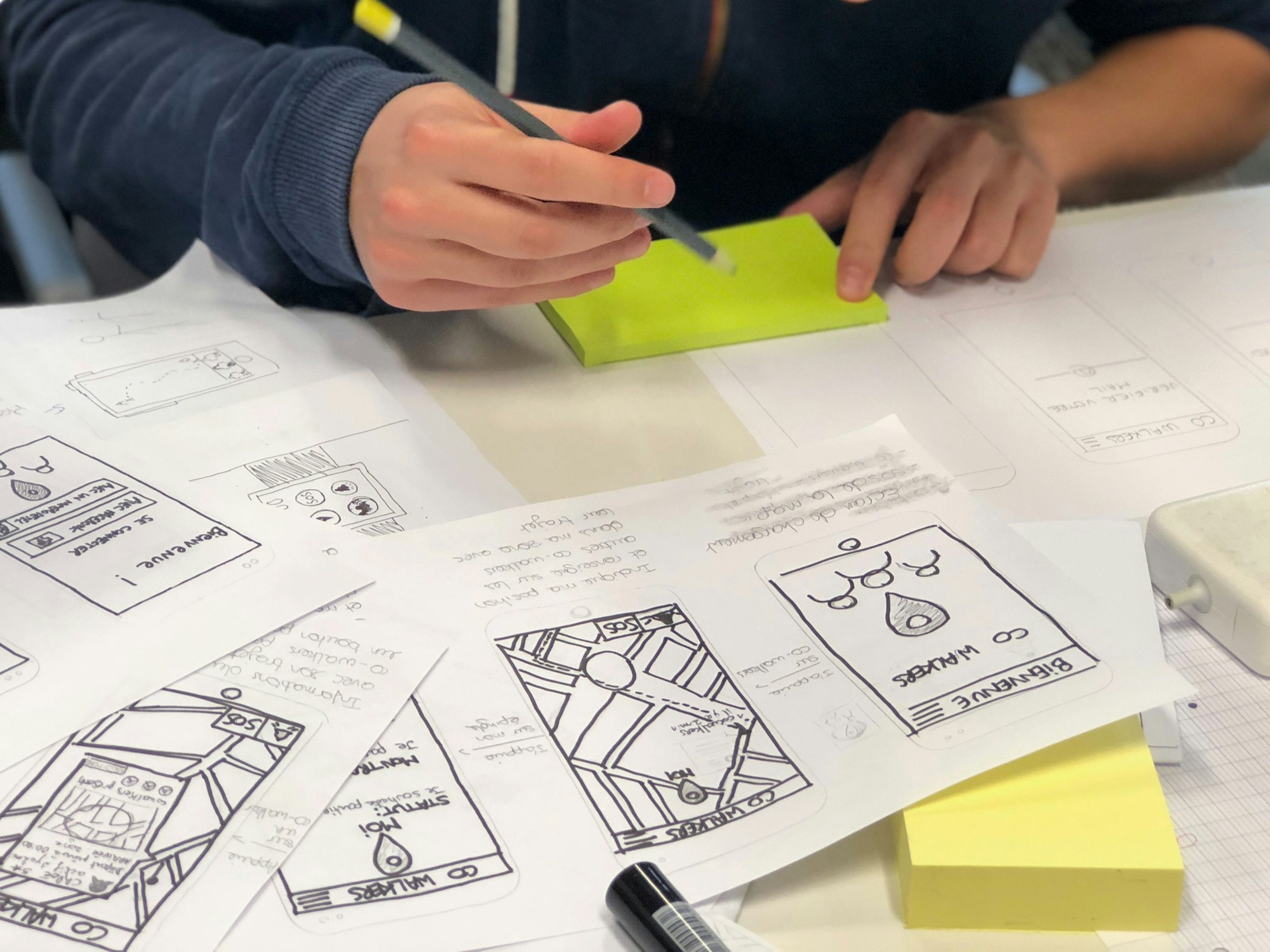Screw It Up and Start Again
Building a product can be time-consuming, expensive and error-prone.

Building a product can be time-consuming, expensive and error-prone. As an antidote to this, I highly recommended that you spend an appropriate amount of time engaged in some up-front design and prototyping before agreeing on the exact specification of a product feature and putting fingers to keyboard or tools to metal to commence manufacture.
Many design flaws can be identified and ironed out on paper or whiteboard before manufacture or development begins; this is a highly desirable outcome. Although valuable feedback can be obtained by showing working versions of products to a sample of users or potential users, as a rule, the later in the development lifecycle a flaw is identified, the more expensive and difficult it will be to correct - if it can be corrected at all.
The first whiteboard sessions that you carry out should be in the area of product exploration. These sessions will aim to validate your product ideas and gain an insight into your product from a user, business and administration point of view.
I have found it useful in the past to sit with a broad cross-section of stakeholders and interested parties to come up with a list of the top ten or so features of your product. Imagine that you are designing the box containing the new product that will sit on the shelf in a retail outlet. Which features would you highlight on the box to tempt people to choose your product to solve their problems?
Once this is complete, Impact Mapping sessions can help identify the features you should prioritise for the initial releases. Impact Mapping is a strategic planning technique that focuses on the behaviours you wish to encourage from the many actors involved in your system to help you achieve your main goals. Techniques such as this will help to ensure that you maximise production efficiency by identifying and visualising the parts of your system which will have the maximum impact.
The final part of this minimal product exploration puzzle is User Story Mapping. First introduced by Jeff Patton, this technique is used to tell the story of the customer journey and break it into its constituent parts. Doing this will help you design and build functionality focused on desired customer outcomes and user value instead of solely on development output or feature specifications.
Once product exploration is complete, it is often useful to have a mock-up of a product to gain more insight into its usefulness or evaluate the overall user experience.

For physical products, in addition to sketches and detailed drawings, it may be useful to build a physical prototype, perhaps at a smaller scale, using cheaper materials such as cardboard, wood, Styrofoam or modelling clay.
For software products, many prototyping tools exist. For example, a simple, interactive user interface can be designed quickly on paper or by using relatively inexpensive tools designed specifically for this purpose. A quick internet search will lead you to a great variety of these products to fit most budgets and use-cases. Tools I have used successfully in the past include Balsamiq, Axure, Adobe XD and MockPlus.
These prototypes, in whatever form, are a tangible item that can be evaluated and rapidly iterated before the actual development of a feature begins. A design flaw identified in a prototype can be hundreds or even thousands of times cheaper to fix than one identified once a product has been built, let alone one that has already shipped to customers.
Some of the links to products that I have provided in this article are affiliate links. This means that the supplier may pay me a small amount of money if you use the link. This will have absolutely no impact on the amount you pay.

